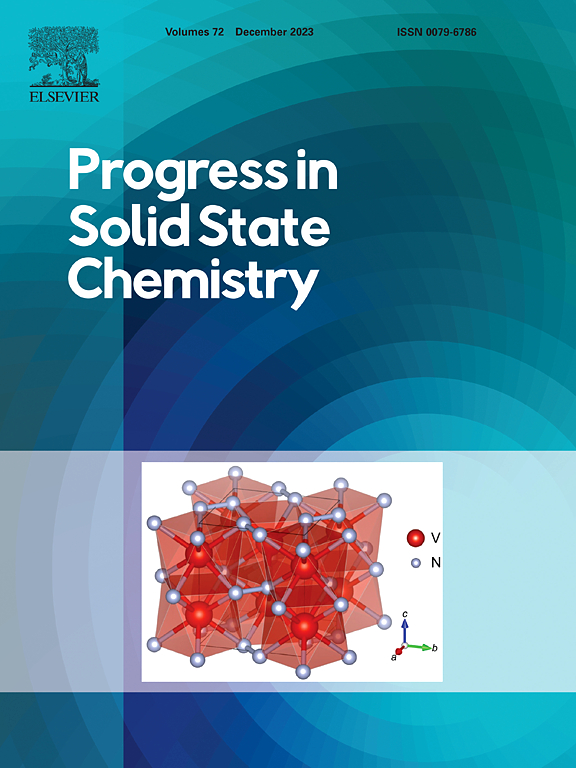The emergence of chalcogenides: A new era for thin film solar absorbers
IF 9.1
2区 化学
Q1 CHEMISTRY, INORGANIC & NUCLEAR
引用次数: 0
Abstract
This paper aims to provide a comprehensive overview of the recent advancements in chalcogenide-based solar absorber materials and their potential to revolutionize solar energy conversion. Researchers are focused on chalcogenide materials due to their distinctive properties, aiming to harness solar energy efficiently in response to the increasing demand for sustainable energy sources. The application of chalcogenide absorbers with zinc blende and chalcopyrite structures, such as CdTe and Cu(In, Ga)Se2 (CIGSe) has resulted in considerable advances in thin film photovoltaic performance at both the laboratory and commercial scales. However, concerns persist about toxicity and the scarcity of constituent elements in CIGSe/CdTe absorbers remains. Cu2ZnSn(S, Se)4 (CZTS, Se) materials based on the kesterite structure have emerged as appealing alternatives, promising non-toxicity and an abundance of constituent metals. CZTS, Se solar cells have a lower record power conversion efficiency of 14.9 % when compared to CIGSe (22.6 %), CdTe (22.1 %), and CIS (20 %) devices. This research highlights the emergence of chalcogenides as a promising material class for flexible thin-film solar absorbers.
卤化物的出现:薄膜太阳能吸收器的新时代
本文旨在全面概述基于卤化镓的太阳能吸收材料的最新进展,以及它们在彻底改变太阳能转换方面的潜力。卤化铝材料具有与众不同的特性,研究人员将目光聚焦于此,旨在有效利用太阳能,满足对可持续能源日益增长的需求。碲化镉(CdTe)和铜铟镓硒(Cu(In, Ga)Se2 (CIGSe))等具有锌混合物和黄铜矿结构的卤化铝吸收体的应用,大大提高了实验室和商业规模的薄膜光伏性能。然而,人们仍然担心 CIGSe/CdTe 吸收体的毒性和组成元素的稀缺性。基于克斯特石结构的 Cu2ZnSn(S,Se)4(CZTS,Se)材料已成为具有吸引力的替代品,有望实现无毒性和丰富的组成金属。与 CIGSe(22.6%)、CdTe(22.1%)和 CIS(20%)装置相比,CZTS,Se 太阳能电池的功率转换效率较低,仅为 14.9%。这项研究凸显了铬化物作为柔性薄膜太阳能吸收器的一类前景广阔的材料的出现。
本文章由计算机程序翻译,如有差异,请以英文原文为准。
求助全文
约1分钟内获得全文
求助全文
来源期刊

Progress in Solid State Chemistry
化学-无机化学与核化学
CiteScore
14.10
自引率
3.30%
发文量
12
期刊介绍:
Progress in Solid State Chemistry offers critical reviews and specialized articles written by leading experts in the field, providing a comprehensive view of solid-state chemistry. It addresses the challenge of dispersed literature by offering up-to-date assessments of research progress and recent developments. Emphasis is placed on the relationship between physical properties and structural chemistry, particularly imperfections like vacancies and dislocations. The reviews published in Progress in Solid State Chemistry emphasize critical evaluation of the field, along with indications of current problems and future directions. Papers are not intended to be bibliographic in nature but rather to inform a broad range of readers in an inherently multidisciplinary field by providing expert treatises oriented both towards specialists in different areas of the solid state and towards nonspecialists. The authorship is international, and the subject matter will be of interest to chemists, materials scientists, physicists, metallurgists, crystallographers, ceramists, and engineers interested in the solid state.
 求助内容:
求助内容: 应助结果提醒方式:
应助结果提醒方式:


